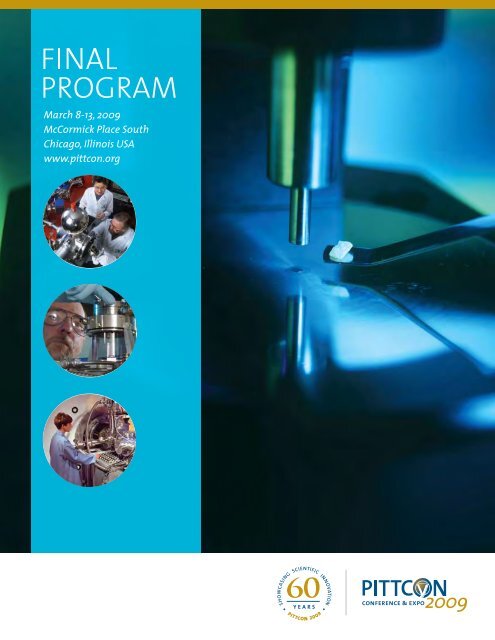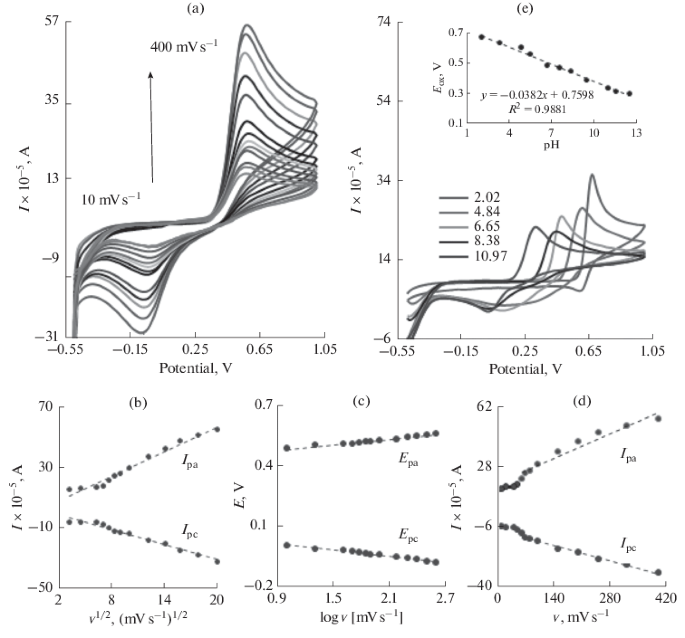

Currently, isolates capable of anoxygenic photosynthesis, obligate organohalide respiration, autotrophy, chemolithotrophy, carboxydotrophy, and fermentation have been described ( Moe et al., 2009 Ward et al., 2018 Islam et al., 2019), and recent reports implicate their importance in thermophilic nitrification ( Sorokin et al., 2012 Spieck et al., 2019). The bacterial phylum Chloroflexota (synonym Chloroflexi) continues to be expanded, revealing a global distribution containing broad phylogenetic and physiological diversity. Thus, despite the high abundance of Thermoflexus in sediments of some geothermal systems, they appear to be highly focused on chemoorganotrophy, particularly protein degradation, and may interact extensively with other microorganisms in situ. However, differential use of position-specific 13C-labeled compounds showed that glycolysis and the TCA cycle were uncoupled. hugenholtzii JAD2 T using 13C-labeled compounds provided evidence of oxidation of glucose, pyruvate, cysteine, and citrate, and functioning glycolytic, tricarboxylic acid (TCA), and oxidative pentose-phosphate pathways (PPPs). Adenine and adenosine were scavenged, and thymine and nicotinic acid were released, suggesting interdependency with other organisms in situ. However, several neutral and polar amino acids appear not to be utilized, based on their accumulation in the medium and the lack of annotated transporters.
#LEED KRISHNAVENI FREE#
hugenholtzii JAD2 T exometabolome provided evidence of extracellular proteolytic activity based on the accumulation of free amino acids.

#LEED KRISHNAVENI CODE#
The Thermoflexus genomes each code for complete central carbon metabolic pathways and an unusually high abundance and diversity of peptidases, particularly Metallo- and Serine peptidase families, along with ABC transporters for peptides and some amino acids.

hugenholtzii JAD2 T and eight closely related metagenome-assembled genomes (MAGs) from geothermal sites in China, Japan, and the United States, representing “ Candidatus Thermoflexus japonica,” “ Candidatus Thermoflexus tengchongensis,” and “ Candidatus Thermoflexus sinensis.” Genomics was integrated with targeted exometabolomics and 13C metabolic probing of T. Here, we report comparative genomic analysis of the draft genome of T. hugenholtzii JAD2 T and no single carbon source is known to support its growth, leaving key knowledge gaps in its metabolism and nutritional needs. Thermoflexus hugenholtzii JAD2 T, the only cultured representative of the Chloroflexota order Thermoflexales, is abundant in Great Boiling Spring (GBS), NV, United States, and close relatives inhabit geothermal systems globally. 9Nevada Institute of Personalized Medicine, University of Nevada, Las Vegas, Las Vegas, NV, United States.8Department of Biology, California State University, San Bernardino, CA, United States.7Department of Biological Sciences, Center of Ecosystem Science and Society, Northern Arizona University, Flagstaff, AZ, United States.6Environmental Genomics and Systems Biology Division, Lawrence Berkeley National Laboratory, Berkeley, CA, United States.5The Department of Energy Joint Genome Institute, Berkeley, CA, United States.4Department of Plant and Microbial Biology, The BioTechnology Institute, University of Minnesota, St.3State Key Laboratory of Biocontrol, Guangdong Provincial Key Laboratory of Plant Resources and Southern Marine Science and Engineering Guangdong Laboratory, Zhuhai, China.2School of Life Sciences, Sun Yat-sen University, Guangzhou, China.1School of Life Sciences, University of Nevada, Las Vegas, Las Vegas, NV, United States.Kyrpides 5,6, Tanja Woyke 5,6, Emiley Eloe-Fadrosh 5,6, Trinity L. Reddy 5,6, Ronan O’Malley 5,6, Chris Daum 5,6, Nicole Shapiro 5,6, Natalia Ivanova 5,6, Nikos C. Louie 5,6, Marcel Huntemann 5,6, Alicia Clum 5,6, Alex Spunde 5,6, Manoj Pillay 5,6, Krishnaveni Palaniappan 5,6, Neha Varghese 5,6, Natalia Mikhailova 5,6, I-Min Chen 5,6, Dimitrios Stamatis 5,6, T. Murugapiran 1,4†, Dengxun Lai 1, Rebecca Lau 5,6, Benjamin P.


 0 kommentar(er)
0 kommentar(er)
